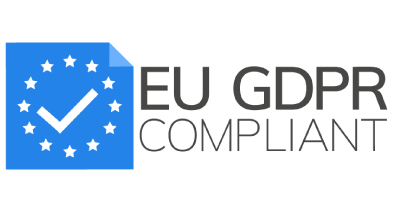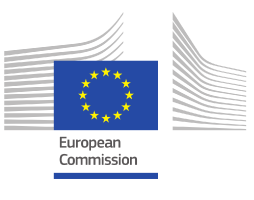A few weeks ago, I was fortunate enough to participate in the Expat Academy’s annual conference, Get on Board, alongside the Certino team. We had plenty of fun with our own stand’s ‘Strike a Light’ game which used technology to drive human interaction, and received some eye-opening lessons in resilience from the Arctic explorer, Ann Daniels, although our team was left wondering why anyone would voluntarily put themselves through such an ordeal more than once!
Of particular interest, though, was a talk entitled “Streamlining, Sustainability and Survival” by Tobias Nehls, Head of Global Mobility Management (GMM) at Siemens. Toby's presentation opened proceedings with his take on what the Siemens GMM function is doing and the pressures they face.
He covered a range of topics, which highlighted the increasingly evident fact that ways of working internationally are changing and multiplying. While the total number of employees on international assignments may be similar, their expectations and requirements now vary widely. This is increasing the workload for Mobility teams, who are having to manage these diverse requirements.
For example, pre-pandemic, you could be managing 1,000 mobile employees, split between two or three policies. Nowadays, that 1,000 will likely be split between six or seven groups, including extended business travellers, remote workers, and digital nomads, among others. Organisations will require new policies, and perhaps more importantly a new mindset, to manage these groups effectively. This naturally introduces an additional level of complexity into the GM picture that didn’t exist previously.
One other aspect of Toby’s speech that stayed with me was his assessment of how workloads are affecting GM teams. He identified two kinds of tasks - red and blue. The distinction between these two types of tasks inspired me to consider how the type of work GM professionals do affects the way they feel about their jobs.
A "blue" problem is one that is familiar but requires both expert knowledge and data to solve. Without both knowledge and data these are intractable. Blue problems lend themselves to process and automation, and Toby cited "shadow payroll" as an example of a classic blue problem. This is because it is highly complex, requiring an in-depth understanding of international expatriate payroll rules and regulations. However, it can also be competently resolved through use of the correct processes, good data management, and can be largely automated using technology solutions (like our API-based platform at Certino).
On the other hand, Toby characterised a "red" problem as one that is unfamiliar and where knowledge and data don't necessarily help. These are more "human" problems that require intelligent and informed decision making. In fact, an overreliance on processes may actually act as a barrier to resolving these challenges.
To illustrate this point, Toby shared the story of a German colleague on assignment in South Africa who suffered a family bereavement. The policy provided for an additional “home leave” visit in these circumstances but when this employee requested travel to Brazil (reasonably, given that’s where the bereavement occurred ), there was no precedent to refer to or process to follow.
This employee was met with a ‘computer-says-no' answer. This request was passed around until it got to Toby, who took an empathetic approach, immediately approving the employee’s travel.
The key takeaway from this example is that mobility leaders need to trust their people more and accept that different decisions may be made by different people to solve red problems.
Toby was followed by Deloitte’s Head of Global Mobility, Leane Harding. Leanne spoke about the multiple challenges facing her team, with increased demands often leaving them exhausted and it seemed to me that there was a connection with the types of problems GM teams are dealing with that Toby had described. Following these presentations, I came up with the hypothesis that, at a human level, blue problems are draining whereas red problems are energising. This led me to reach the conclusion that GM teams are tired because they are increasingly focussing on blue problems. If they can automate blue problems, they become free to focus on red problems and, as a result, will feel more energised and be able to act with the perspective and initiative that will help them meet the needs of the business.
To take an example referenced by Toby and bring it full circle, shadow payroll is the classic blue problem. I'd go further and say with the technical expertise and the quantity of data required, it is the ultimate blue problem; a problem so deep blue, it should be considered purple. It’s lucky, then, that the Certino brand is purple, and this is a challenge we can solve.
To discover more about Certino’s approach to shadow payroll, get in contact, book a call or come and listen to our CEO, Richard McBride, speak at the Expat Academy’s Bite Size Briefing on December 7th in London.

-1.png)
.png)
.png)




